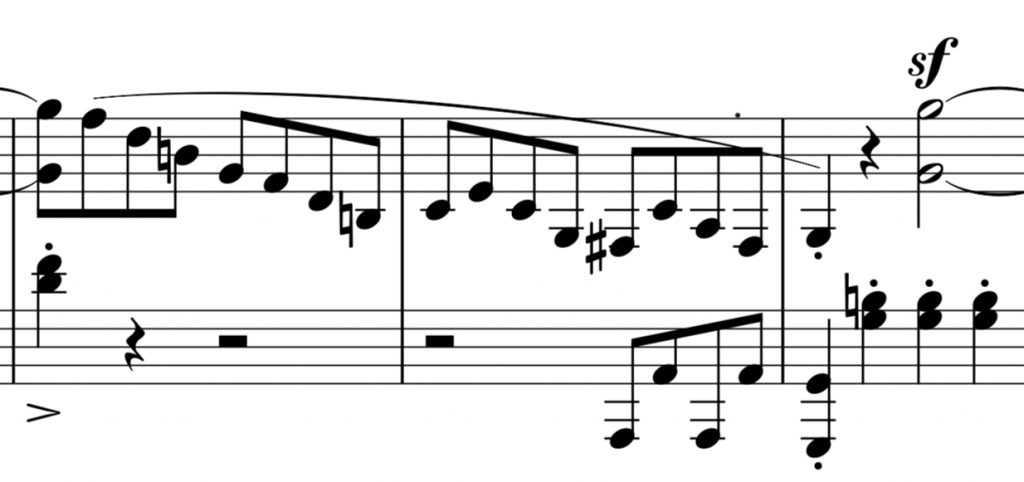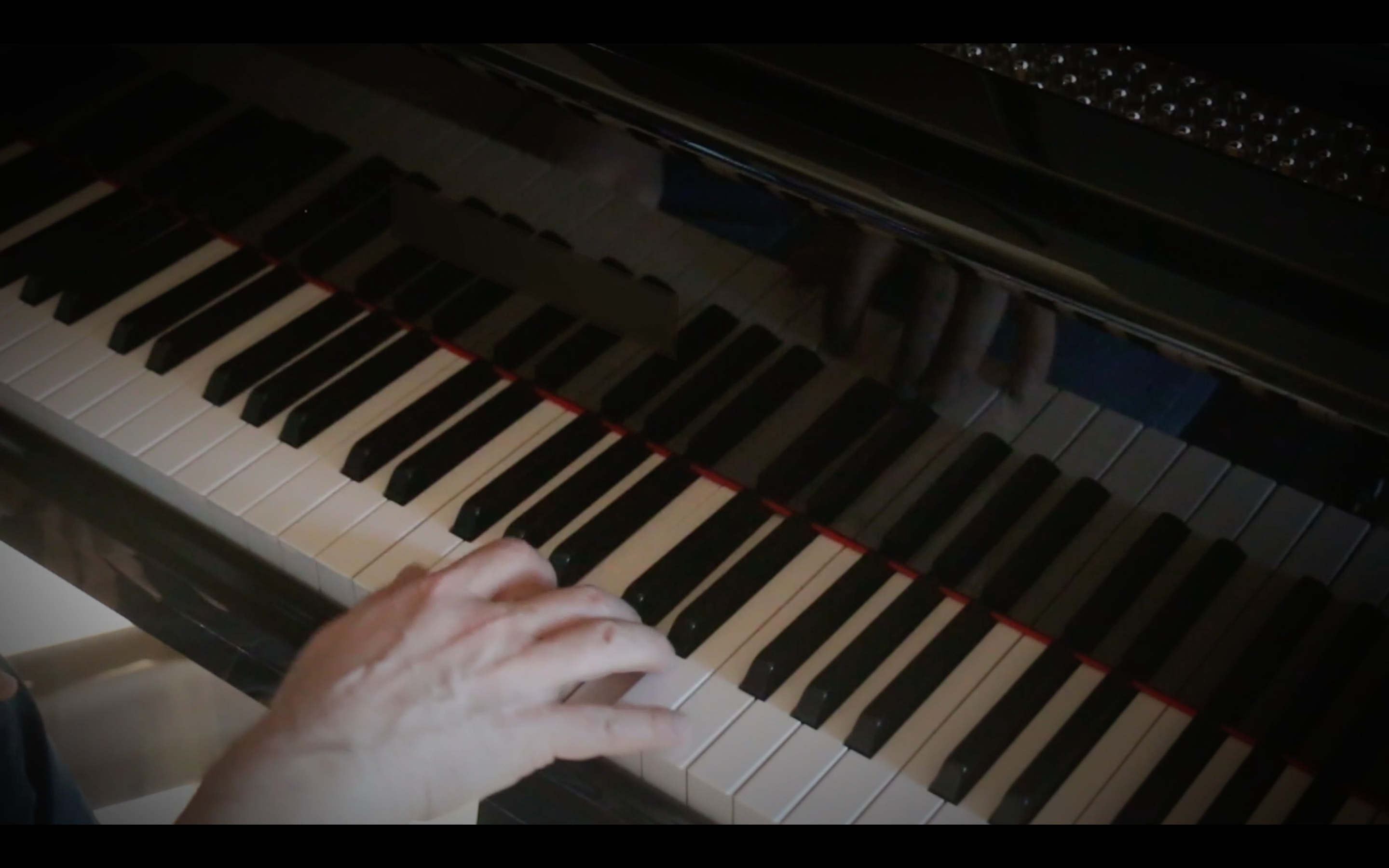Did you ever ask yourself why flowing motions are so beautiful and relaxing?
Looking at nature’s behavior you will notice a clear tendency to flowing motions, even or maybe in particular for the toughest physical challenges like the hunting run of a cheetah or the steady flight of an hummingbird. Seeing these in slow-motion reveals the flowing, jerkless motions so preferred by natural mechanical systems. Perceiving them as beautiful and relaxing seems to reveal an instinctive reaction trained over years and years of evolution and telling us: “The more flowing the motion is, the more able the species is to survive!”.
Well, from the energetic point of view it seems clear. Repeated accelerations and decelerations costs more, from the view point of strain, a flowing motion without any jerky direction changes is better in order to avoid muscular fatigue. This is the starting point for a focus to movements on the instruments, in case of this post on the piano.
Whenever you start taking a new challenge on the instrument, it may come to the point where you notice a certain strain, in particular in the forearm. This is the latest point where you should stop and think about your movements. Let me take the following bars 29-31 from Beethovens “Pathetique” as an example.
The short run requires more attention first on the fingering and second on the balance especially right before bar 31 where you will have to jump back a twelfth to hit the octave in g. For the flowing motion see the short clip on top and notice how the hand slightly swings down the two octaves and stops slightly curving the motion to the right, preparing for the next jump, anticipating the g octave in the bar after.

When playing we often tend to optimize the movement for a shorter distance in order to get to the final pace of the passage. In most cases this is the opposite of what we should do as this causes a higher muscular strain and therefore leads to a clumsy impression of the passage. Oversteering a bit and turning back in form of a circular motion requires more travel distance and therefore time, on the other side it leads to a flowing and therefore rhythmically enjoyable sounding passage. I prefer to slow down a bit, to get into the flow, speed will be improved anyways over time. Also always remember, playing an instrument is not a speed challenge, except for some amateurs and professionals who tends more on showing their skills than their musicality.
The point I want to make here is, that a flowing motion is one of the key elements of piano technique and worth spending time on it, whether practicing it on the instrument or as I did as well studying the hand movements of professionals. One of the most inspiring in my opinion is Valentina Lisitza. It was always fascinating to me, seeing her hands literally dancing over the keyboard, barely touching the keys nevertheless so energetic and impressive when required. There are a lot of videos of her playing on YouTube, especially the ones with close-ups of her hands are worth studying them.
“Whenever you notice strain in your forearms when playing piano, it’s time to focus on making your motion flow.”

No responses yet